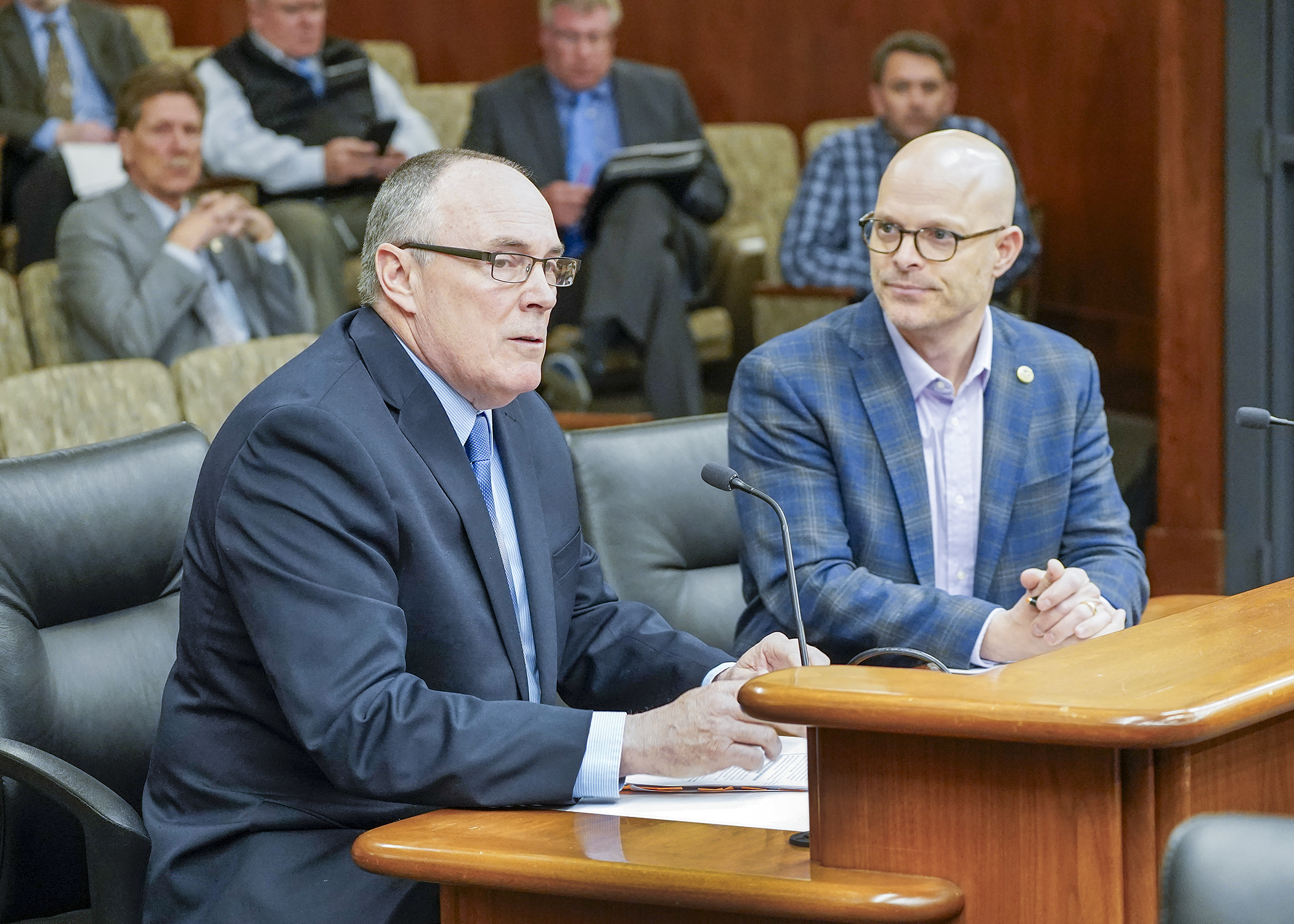Northern MN helium discovery prompts proposed regulatory framework for gas, oil production

Perhaps best known for filling party balloons and causing Mickey Mouse voices, helium is a critical element for many industries ranging from semiconductors to fiber optic cables. One of its biggest uses is as a coolant for MRIs.
A new mining boom could be underway on the Iron Range following the discovery of a large, highly concentrated reservoir of the colorless, odorless, tasteless and non-toxic gas.
Helium’s discovery in northern Minnesota earlier this year is a win for an area that could use it, said Rep. Roger Skraba (R-Ely). Leaders recognized the potential immediately, he said, but soon asked the question: “Now what?”
The answer could come from HF5350 that would establish a fair royalty structure on state lands and provide environmental protections while developing the industry, said Rep. Dave Lislegard (DFL-Aurora), who sponsors the bill.
As amended, it was approved Wednesday by the House Environment and Natural Resources Finance and Policy Committee on a voice vote and is headed to the House Ways and Means Committee.
Minnesota has untapped potential in both geologic hydrogen and helium, but with no history of gas or oil production it "lacks a regulatory framework that would support these emergent industries," according to a Department of Natural Resources fact sheet.
To quote Beyonce: “This ain’t Texas.”
The proposed legislation would prohibit extraction and production of nonpetroleum gases on private and public lands without a permit. As things stand, companies could potentially pull from pools under public lands without compensating the state.
Helium found under a 40-acre parcel surrounded on three sides by tax-forfeited land could potentially be worth $11 million a day to an extractor.
An interim permitting proposal would be due to the Legislature next year while rulemaking continues, and $3.2 million from the minerals management account would be appropriated to create a technical advisory committee and adopt a regulatory framework.
Additionally, the DNR would be allowed to enter into leases for exploration and production on state lands.
Related Articles
Search Session Daily
Advanced Search OptionsPriority Dailies
Speaker Emerita Melissa Hortman, husband killed in attack
By HPIS Staff House Speaker Emerita Melissa Hortman (DFL-Brooklyn Park) and her husband, Mark, were fatally shot in their home early Saturday morning.
Gov. Tim Walz announced the news dur...
House Speaker Emerita Melissa Hortman (DFL-Brooklyn Park) and her husband, Mark, were fatally shot in their home early Saturday morning.
Gov. Tim Walz announced the news dur...
Lawmakers deliver budget bills to governor's desk in one-day special session
By Mike Cook About that talk of needing all 21 hours left in a legislative day to complete a special session?
House members were more than up to the challenge Monday. Beginning at 10 a.m...
About that talk of needing all 21 hours left in a legislative day to complete a special session?
House members were more than up to the challenge Monday. Beginning at 10 a.m...